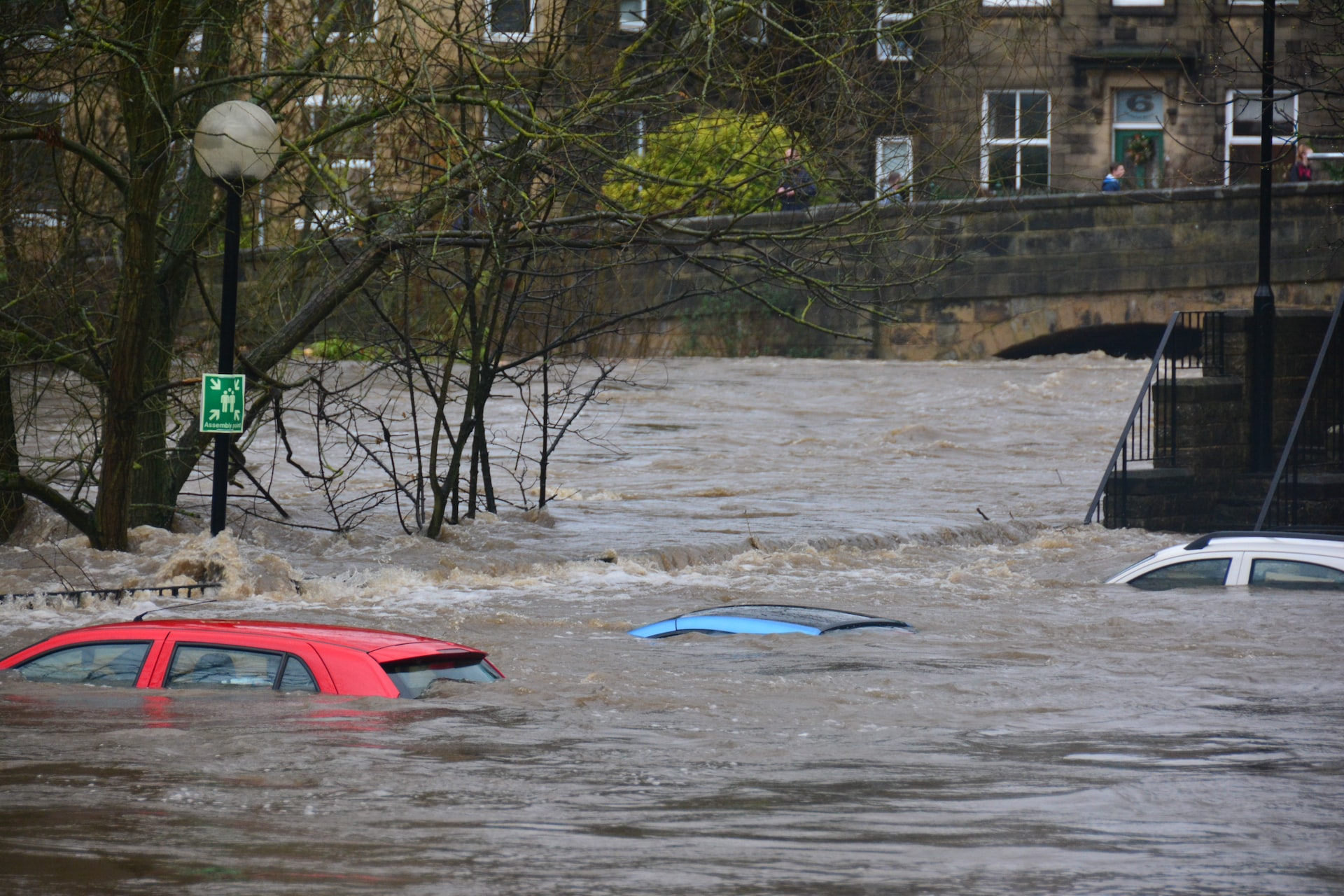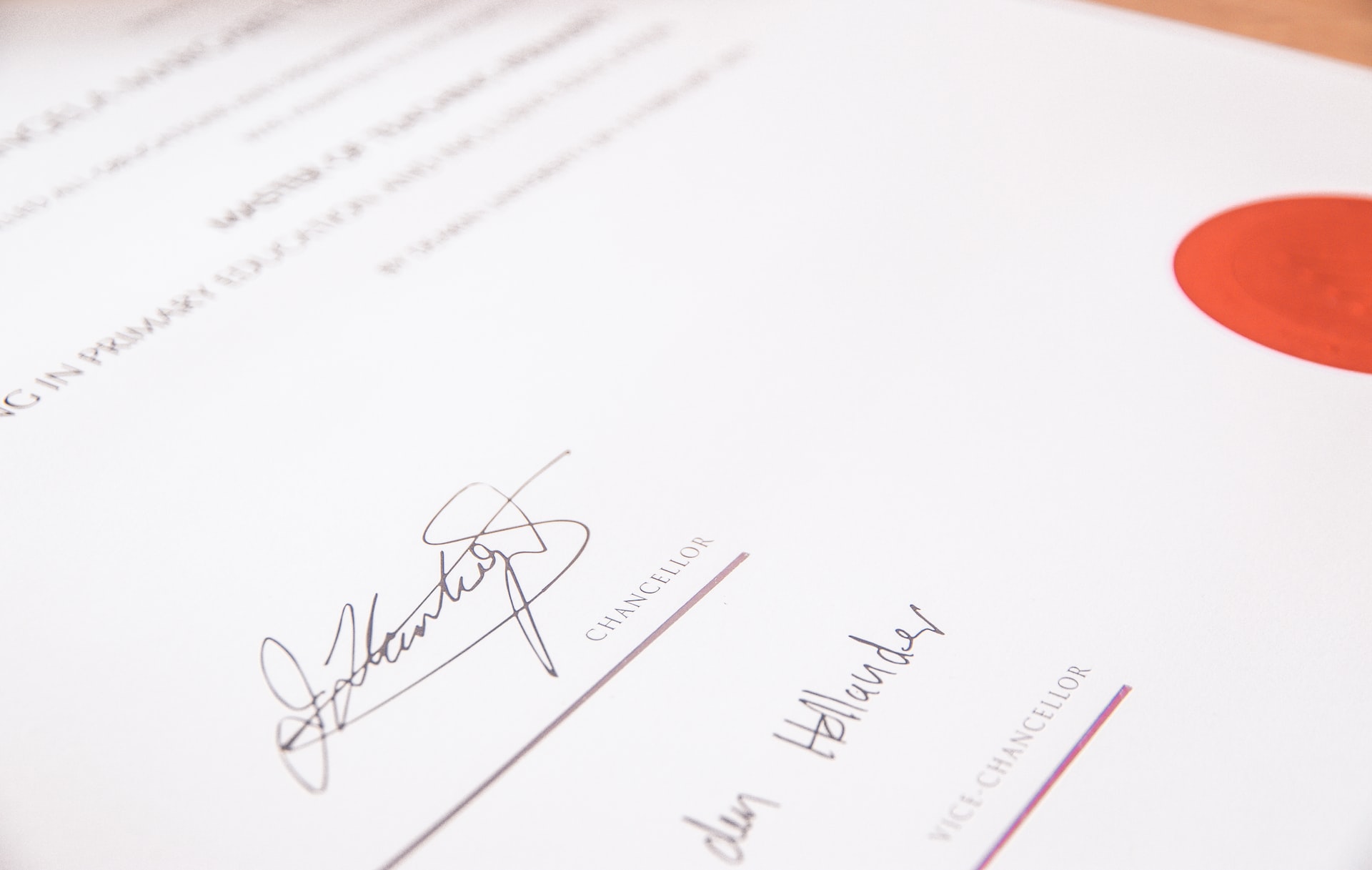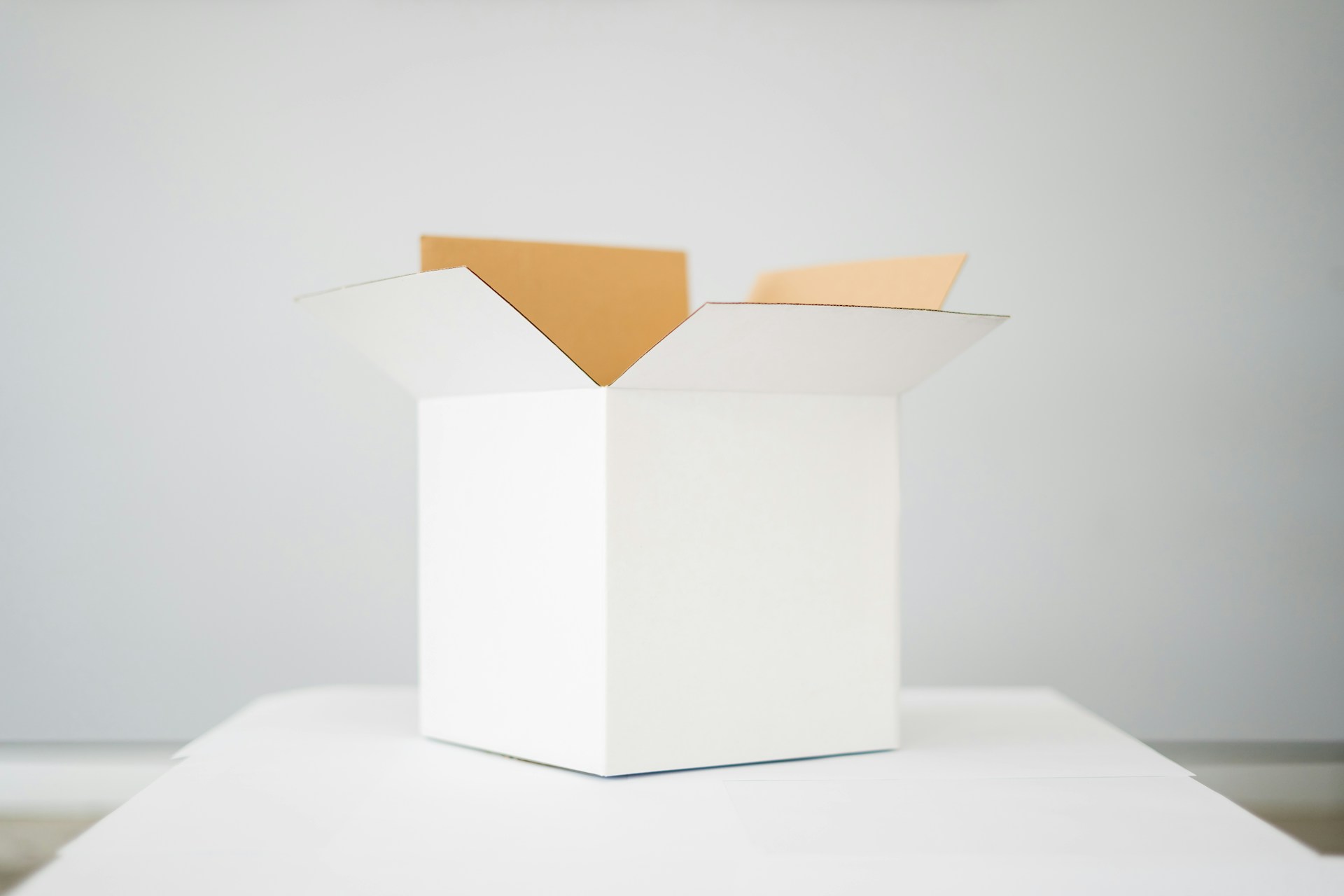Flood damage can harm your home or business in a variety of ways. These include the potential loss of business inventory and valuable machinery. Without the proper funds to replace these items, companies will face significant financial losses and be unable to operate or serve customers. In many cases, business owners will be forced to close their doors for weeks or months while they work to repair their property. Not only will this mean losing income, but it will also leave business owners with a mountain of bills.
Cleaning Up After a Flood
Flood damage, like the flood damage brunswick, can have many consequences for your home or business. Floodwaters can carry debris and damaged furniture into your home. This water is contaminated with mold spores and bacteria. These can be harmful to you and your family. Fortunately, there are ways to prevent this from happening.
First, assess the damage. While a homeowner can repair minor flooding, extensive flooding will likely require a professional clean-up crew. You may need to contact your insurance provider to determine whether or not the flood damage can be covered. If you need more clarification on what your insurance will cover, take pictures of the items affected by the flooding.
Flooded areas are susceptible to mold and mildew. Using bleach or other disinfectant is an integral part of the clean-up. The bleach kills microorganisms, but it won’t do its job effectively if there is still dirt on the surfaces.
Getting Flood Insurance
Flood insurance is necessary to safeguard your home and business from the costs of flood damage. Flood insurance is expensive, but it can help you recover quickly in the event of flooding. You can still purchase a flood insurance policy if you do not live in a flood-prone area. In high-risk areas, you may be required to obtain a flood insurance policy from a mortgage lender.
Many types of flood insurance are available for your home or business. National Flood Insurance Program (NFIP) or even private insurance companies can provide insurance. The NFIP is a government program that covers direct losses from flooding to a home or business. The coverage you receive depends on the cause of the flood. A flood is an abnormally large area with water that covers more than one property.
Preparing For a Flood
Floods can cause massive damage, and preparing for a flood can be crucial for your family and property. The first step in preparing for a flood is to know the evacuation routes. Once you know the evacuation routes, inform your family and friends. It’s also a good idea to practice evacuation plans and fill your car with gas. You should also pack an emergency kit and have it in a convenient location.
Although floods cannot be avoided entirely, you can take steps to reduce your risk and make your home or business more resilient. The first step is to know your local flood zone. There are different flood seasons, so you need to know how often you can expect floods in your area. Keeping an eye on the weather and local news is also essential. Listen to local radio and NOAA weather radio during a downpour to keep informed of possible hazards. Also, make sure your pets and children are safe and secure. During a flood, it’s essential to ensure you get flood insurance, which may help you get back into your home sooner than you thought.
Dealing With Mildew
Dealing with mold and mildew after flood damage affects your house or business can be challenging. Cleaning your home quickly is vital to preventing the growth of mold and mildew. You should remove all waterlogged furniture and other items, turn on the fans, and turn on the dehumidifiers. If you cannot remove mold and mildew, you may need to hire a professional flood restoration company. In these more serious situations, where areas are prone to moisture, exploring options for Mold Remediation in Clinton, CT or in your local area, might provide helpful direction on how to properly tackle the issue.
The first thing you should do after flood damage is to get rid of all wet items from your house. You should also clean any surfaces affected by water by using a non-ammonia-based detergent. Bleach may make the situation worse. It is essential to wear protective gear while handling bleach to prevent any further damage.
Selling a Flood-Damaged Home
Selling a flood-damaged home or property can be challenging, but there are options. In some cases, flood damage can make the home uninhabitable. You can sell it as-is to a cash investor or make repairs to restore it to its original condition.
First, you will want to consider how much restoration work needs to be done. Flood damage can affect many home areas, including walls, floors, fixtures, and pipes. It’s best to make repairs before listing your property. Otherwise, you’ll have to deal with lower offers.
Next, you’ll want to determine the best price for your property. Your property may sell for less than its market value, but it depends on the extent of the damage and location, y. This is an excellent way to save money, but remember that a prospective buyer may want to negotiate the price and may walk away.




